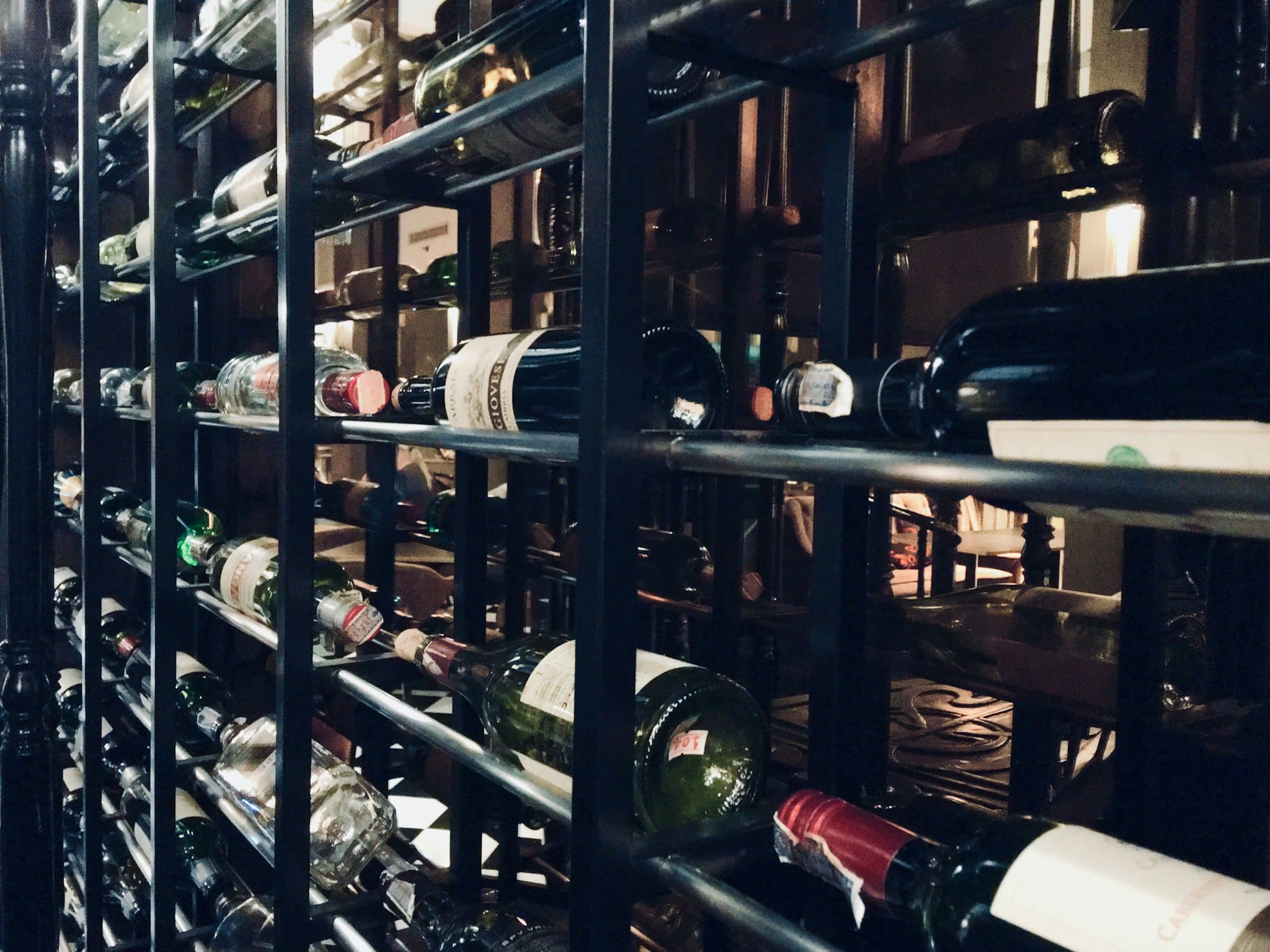How to Design a Home Wine Cellar for Optimal Temperature and Humidity Control?

If you are passionate about wine, storing it properly is likely one of your top priorities. To ensure that your bottles retain their quality and improve with age, you need to create the perfect conditions and maintain them consistently. One of the best ways to achieve this is by building a wine cellar at home. This article will guide you through the process of designing a home wine cellar that is not only aesthetically pleasing but also offers optimal temperature and humidity control.
Understanding the Importance of Temperature, Humidity and Insulation in a Wine Cellar
Before we delve into the specifics of building a wine cellar, it’s crucial to understand why temperature, humidity, and insulation are so important. Wine is a sensitive product that reacts to its environment. Fluctuations in conditions can lead to premature aging, spoilage, or the cork drying out.
A découvrir également : What Are the Most Efficient Ways to Utilize Corners for Home Storage and Decor?
Temperature is one of the most crucial factors. The ideal temperature for storing most wines is between 55 and 58 degrees Fahrenheit (12-15 degrees Celsius). Consistency in temperature is key; drastic or frequent temperature changes can negatively affect the wine’s quality and taste.
Humidity, on the other hand, plays a vital role in preserving the condition of the cork. It should be around 70%, but anywhere between 60-80% is considered acceptable. Lower humidity levels can dry out the cork, leading to air getting into the bottle, while high humidity can cause mold and damage labels.
Lire également : What’s the Best Approach to Water Purification for a Home with a Natural Spring?
Moreover, insulation is critical in maintaining the desired temperature and humidity levels in your wine cellar. It helps prevent outside heat and cold from affecting the conditions inside the cellar.
Choosing the Right Room and Space for your Wine Cellar
Now that you understand the importance of temperature, humidity, and insulation let’s discuss the space for your wine cellar. Selecting the proper room at your home to convert into a cellar will have a significant impact on your wine’s quality.
The chosen room should be in a cool, dark place, like a basement, where it will be less affected by external weather changes. It is also best if the room has no windows, as sunlight can damage the wine. In terms of size, the room should be large enough to accommodate your wine collection and allow for future growth.
Further, it’s important to note the requirement for insulation. The walls, ceiling, and door should be insulated to slow down the rate at which heat enters and escapes the room.
Selecting and Installing a Wine Cellar Cooling System
A cooling system is the heart of a wine cellar, as it maintains the ideal temperature and humidity levels. The unit you choose must be powerful enough to cool the entire space, but not so powerful that it dries out the air.
There are three main types of cooling systems for wine cellars: self-contained systems, split systems, and ducted systems. A self-contained system is all-in-one and easy to install but may be noisy. Split systems separate the evaporator and condenser units, reducing noise, but require professional installation. Ducted systems are the most expensive but offer the most flexibility in terms of where the unit can be installed.
To ensure optimal performance, the cooling system should be installed by a professional. They can help select the right unit based on your cellar’s size, insulation, and the anticipated amount of wine to be stored.
Designing the Interior of Your Wine Cellar
The interior of your wine cellar should not only maintain the perfect temperature and humidity conditions but also display your wine collection in an aesthetically pleasing way. Wine racks are an essential part of this design. They should be made of a material that withstands humidity, such as redwood or mahogany, and designed to hold each bottle horizontally to keep the cork moist.
For an extra touch of elegance, consider incorporating a glass wall or door. Not only will it allow you to view your collection without opening the door and potentially altering the temperature and humidity, but it will also add a touch of sophistication to your home.
In conclusion, designing a wine cellar at home is no small task. It requires careful planning and attention to detail. By understanding the importance of temperature, humidity, and insulation, choosing the right room and space, selecting and installing a cooling system, and designing the interior, you can create a wine cellar that not only enhances the quality of your wine but also adds value to your home.
Incorporating Humidity Control and Vapor Barriers
Understanding and controlling the humidity level within your wine cellar is a vital aspect of the overall design and is equally as important as temperature control. As mentioned earlier, an ideal humidity level for a wine cellar ranges between 60-70%. A good humidity control system will help maintain this level and prevent the corks in your wine bottles from either drying out or becoming too damp and potentially molding.
To control humidity effectively, you may need to install a vapor barrier. A vapor barrier is a material used to resist the diffusion of moisture through the ceiling and walls of your wine cellar. This barrier is crucial in preventing condensation from forming within the walls, which could lead to mold growth and damage both your wine and the structural integrity of the cellar.
The material used for your vapor barrier should be a high-quality, moisture-resistant product. It should be installed on the warm side (the outside) of your cellar insulation to prevent warm, moist air from condensing on the cold cellar wall. Common materials used for this purpose include plastic sheeting or aluminum foil.
In addition to a vapor barrier, you may also need to incorporate a humidifier or dehumidifier within your cooling system. These can be used to either add or remove moisture from the air to maintain the ideal humidity levels. Remember, your goal is to achieve a stable environment for your wine to age gracefully.
Lighting and Finishing Touches for Your Home Wine Cellar
Now that the technical aspects of temperature, humidity, and insulation have been addressed, it’s time to consider the final touches to your home wine cellar. Lighting is a crucial factor to consider when designing your wine room. Not only does it enhance the aesthetics, but it also plays a role in maintaining the right conditions for your wine collection.
LED lights are an excellent choice for wine cellars. They emit very little heat and won’t cause temperature fluctuations in your cellar. They also provide ample light so you can easily read labels and organize your collection.
For your wine racks, consider choosing those that allow for different bottle sizes. You may have champagne, magnums, or other bottles that don’t fit in standard wine racks. Also, ensure your wine racks are sturdy enough to hold the weight of full bottles.
Don’t forget to personalize your wine cellar. This could be through artwork, a tasting table, or other personal touches that reflect your passion for wine. After all, this space is not just for wine storage; it should also be a place where you enjoy spending time.
In conclusion, building a home wine cellar is a meticulous process that requires careful planning. From understanding the significance of temperature and humidity control, selecting the right room, installing a cooling unit, to designing the interior and adding final touches, each step plays a crucial role in protecting and enhancing the quality of your wine. With the right approach, you can create a stylish, functional, and efficient wine cellar that will preserve your wine collection for many years to come.
